What is customer-centricity?
Customer centricity is a mindset that places the customer at the core of every business decision, design, and strategy. It focuses on understanding and responding to customer behaviors, needs, and preferences to deliver outcomes that are in the customer's best interests.
By prioritizing the customer in all aspects of the business, from product offerings to service delivery, companies can foster loyalty and encourage customers to return and recommend the brand to others.
Core principles of customer centricity
Now you know what customer-centricity means, but let’s go deeper and understand the core principles of this idea or practice. There are two major aspects here.
Understanding the customer’s needs and behavior
A deep understanding of customer needs and behaviors forms the foundation of customer centricity. This goes beyond knowing what customers buy; it involves understanding the motivations and experiences that drive their choices. Companies can tailor their offerings by understanding customer needs to create more relevant and impactful products, services, and experiences.
Gathering and acting on feedback
Gathering feedback is essential for a customer-centric approach. Regularly collecting customer input through surveys, reviews, social media, or direct interactions provides insights into satisfaction, pain points, and improvement areas. However, feedback must be actively used, not just collected. Businesses should analyze feedback and implement actionable changes, showing a commitment to enhancing the customer experience. This approach addresses immediate issues and promotes continuous improvement to meet evolving customer expectations.
Product centricity vs customer centricity
You might think all companies work with the customer in mind, but surprisingly, that’s not always the case. Some businesses focus primarily on perfecting their product, making decisions based on what’s best for the product itself rather than what’s best for the customer.
A product-centric approach focuses on creating the best possible product, often driven by internal goals, innovation, or features. Decisions are made based on what the company believes will make the product stand out. For example, Apple’s early focus on sleek, cutting-edge design led to the iPhone, even before widespread customer demand for specific features.
In contrast, a customer-centric approach places customer needs, feedback, and satisfaction at the core of decision-making. Companies using this approach develop products and services based on what customers truly want. For instance, after customer feedback about the need for larger screens and better battery life, Samsung created larger, more powerful smartphones like the Galaxy Note series.
However, the preferable choice for product-centric companies should be to switch to customer-centricity, as it enables them to align more closely with customer needs, build stronger loyalty, and remain adaptable in a changing market, ultimately driving long-term growth and a competitive edge.
Customer centricity vs customer friendliness
While customer centricity and customer friendliness seem similar and are often confused, there’s a difference between the two. While customer centricity puts the customer at the core of every decision, process, and innovation, customer friendliness is an interpersonal approach focused on making customers feel welcome, valued, and comfortable during interactions.
Customer centricity is a long-term approach that shapes a company's entire culture. Everything is aligned to create value and enhance the customer experience, from the products offered to how services are delivered.
On the other hand, customer friendliness is a more immediate approach. It involves positive attitudes, approachable staff, and a pleasant experience in customer service or sales. While it enhances immediate customer experiences, it doesn’t include the broader, strategic changes that customer centricity involves.
Both concepts aim to enhance the customer experience, but customer centricity takes a deeper, more holistic approach to meeting customer needs.
How customer centricity benefits your company
Adopting a customer-centric approach gives companies several long-lasting advantages that directly impact growth and brand reputation. Here’s a closer look at the key benefits.
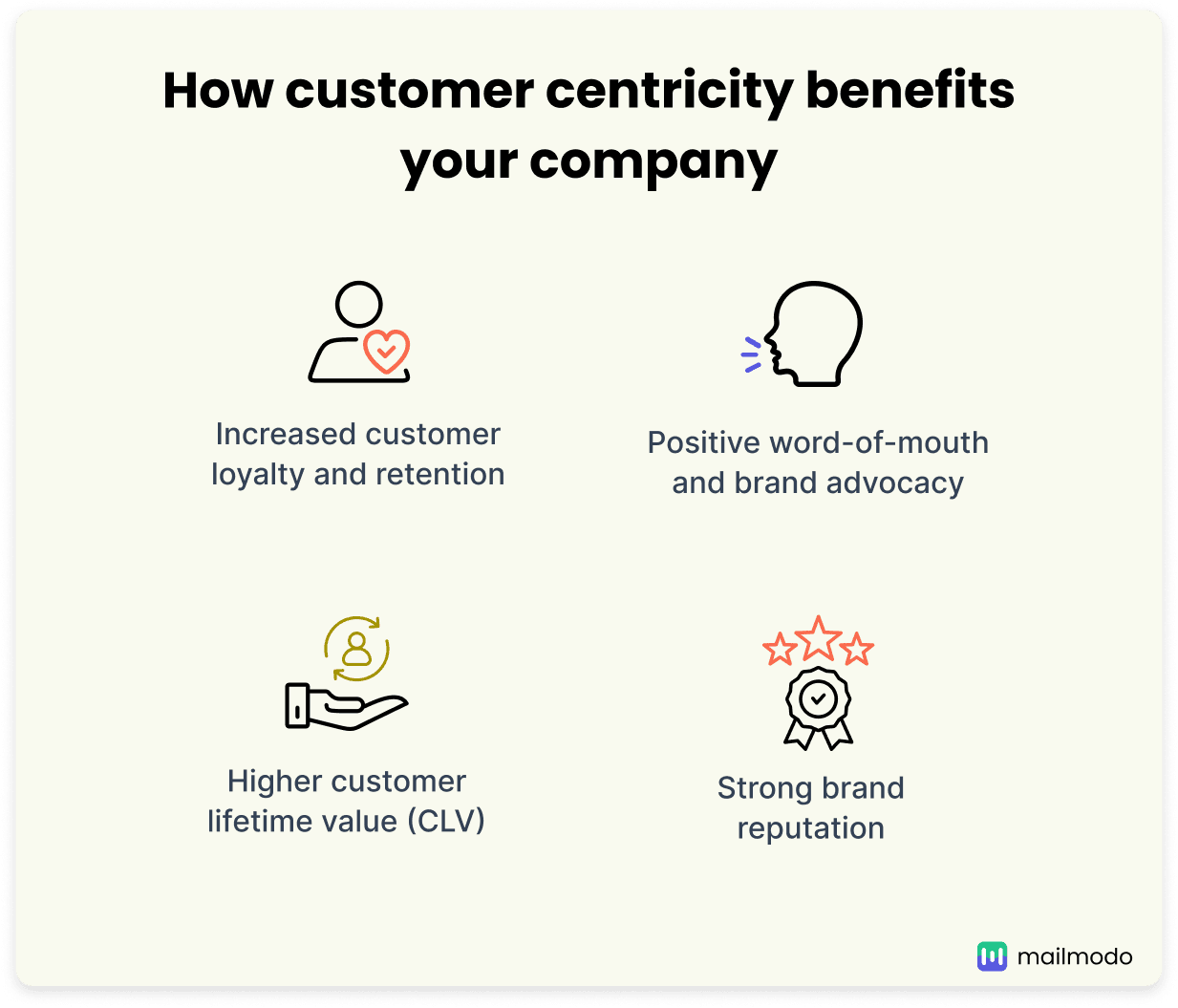
Increased customer loyalty and retention
When a company puts customers at its core, they feel valued and understood, boosting their loyalty and likelihood of choosing the brand over its competitors. Loyal customers are also less likely to switch, even with other options available. So, by consistently meeting or exceeding expectations, companies build trust, leading to long-term relationships and higher retention rates.
Positive word-of-mouth and brand advocacy
A customer-centric approach encourages satisfied customers to share positive experiences, creating organic word-of-mouth. When people feel valued by a brand, they’re more likely to recommend it, expanding reach and attracting new customers—often without the need for costly advertising.
Higher customer lifetime value (CLV)
Customer centricity encourages long-term engagement and repeat purchases, boosting customer lifetime value (CLV). By focusing on customer needs, businesses can drive additional purchases, cross-selling, and up-selling, ultimately increasing overall revenue per customer.
Stronger brand reputation
A company with a customer-centric culture at its core builds a reputation for trust, reliability, and compassion, making it stand out in the market. This attracts new customers who value a positive experience and strengthens brand resilience, as satisfied customers are more likely to support the brand during challenges.
💡 Related guide: How to Enhance Customer Experience to Drive Retention and Growth
How can you bring a customer-centric culture to your company?
To create a truly customer-centric culture, companies need to embed customer focus into every aspect of their operations, from decision-making to employee training. Here’s how you can implement a customer-centric culture in your company
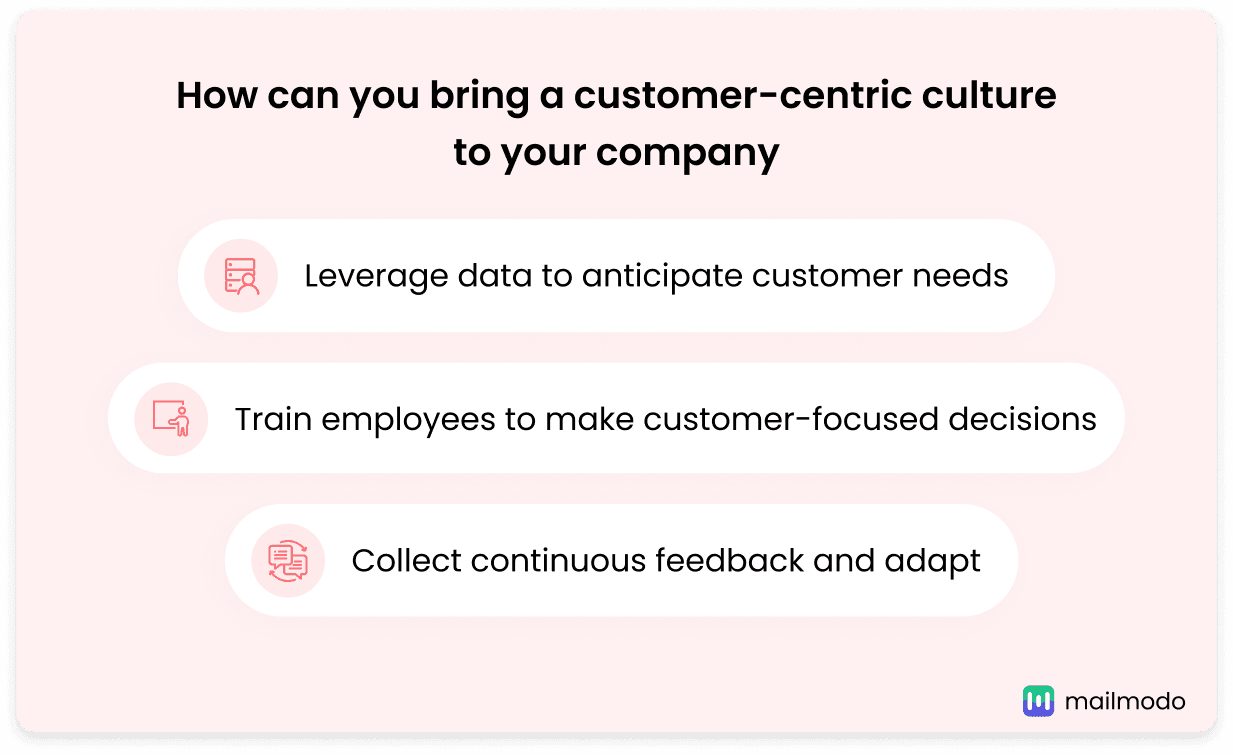
Leverage data to anticipate customer needs
Collect customer data, such as purchase history, preferences, and past feedback. Then, analyze this data to gain insights into customer preferences, trends, and what customers might need next.
For example, if a customer frequently buys fitness gear, you can offer them related products, like supplements or new workout equipment, based on their previous interests. By anticipating needs, businesses can provide personalized experiences that make customers feel understood and valued.
Train employees to make customer-focused decisions
Have a dedicated and detailed onboarding and training sessions for employees to enable them to make decisions based on the customer’s best interests.
For instance, a customer service representative might be empowered to offer a discount or expedited shipping to resolve a complaint rather than following a rigid script. This type of decision-making fosters trust and shows customers that their satisfaction is a priority.
Collect continuous feedback and adapt
Gather customer feedback regularly through surveys, reviews, or direct interactions. Use this information to align with customer expectations and adapt your products, services, or processes accordingly. By keeping a pulse on customer sentiment, companies can stay responsive to changing needs and preferences.
💡 Related guide: Feedback Email Series for E-commerce and D2C Brands
Challenges faced by companies
While customer-centricity offers many benefits, implementing it isn’t always easy. Companies often face challenges in placing customers at the center of their operations. Here are some common obstacles they encounter.
Breaking Down Organizational Silos
In many organizations, departments like marketing, sales, and customer service often operate in isolation, leading to poor communication and collaboration. This siloed structure makes it difficult to deliver a consistent customer experience.
Solution: Encourage cross-departmental collaboration by aligning teams around shared customer-centric goals. Regular interdepartmental meetings and using integrated tools like CRM systems can ensure teams coordinate effectively and share customer insights, leading to a more seamless customer experience.
Data Analysis
To be truly customer-centric, businesses need a deep understanding of customer needs and behaviors, which requires gathering and analyzing large volumes of data across various touchpoints.
Solution: Invest in a unified data management platform that consolidates customer data from multiple channels. This gives businesses a comprehensive view of customer preferences and behaviors, enabling them to tailor experiences effectively.
Balancing Personalization with Privacy
Personalizing customer experiences often requires collecting and using customer data, but many consumers are concerned about how their personal information is handled.
Solution: Be transparent about data collection practices, provide customers with control over their data, and comply with privacy regulations. By prioritizing ethical data usage and transparency, companies can build trust while offering personalized experiences that enhance the customer journey.
Customer centricity examples
Here are some inspiring examples of customer-centric companies that have actively listened to their customers and made impactful changes.
Asana
Asana is a project management platform designed to help teams organize, track, and manage their work seamlessly. It offers tools for task assignment, project timelines, and collaboration to boost productivity and streamline workflows.
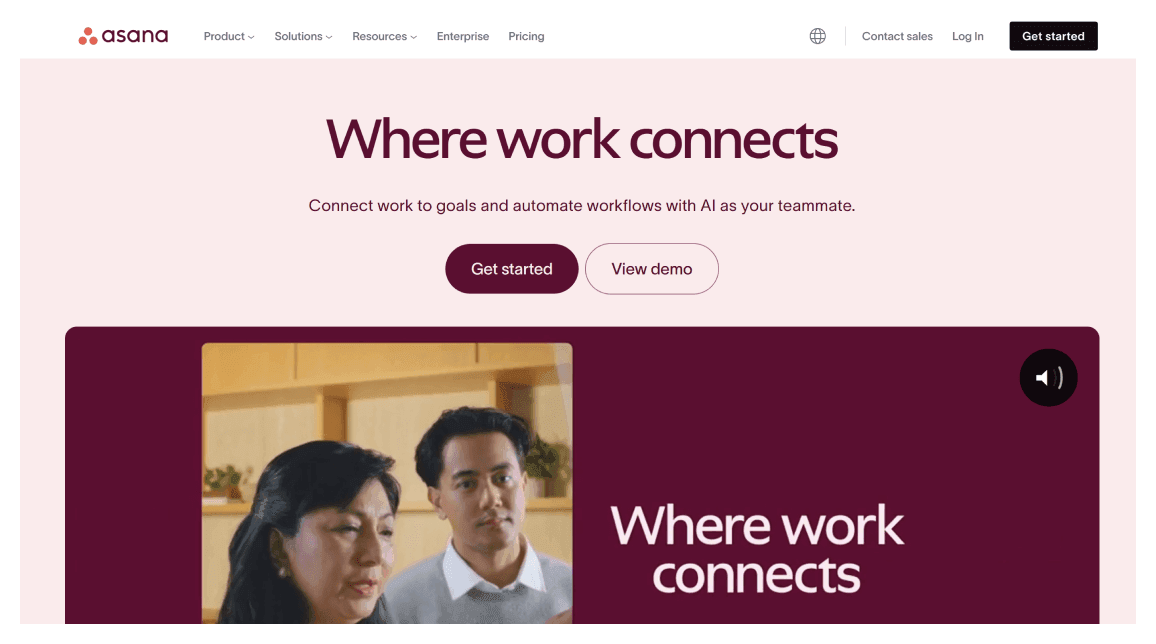
Problem: Many Asana users expressed a need for stronger integration with communication tools—specifically Slack—to simplify task management within team conversations.
Solution: Asana developed a seamless integration with Slack, allowing users to create tasks directly from Slack messages, receive real-time project updates, and synchronize activities across both platforms. This improvement streamlined workflows and strengthened Asana’s position as a user-responsive, collaborative project management solution.
IKEA
IKEA is a global home furnishings retailer known for its affordable, flat-pack furniture and modern design. It offers a wide range of products aimed at making stylish home decor accessible to everyone.
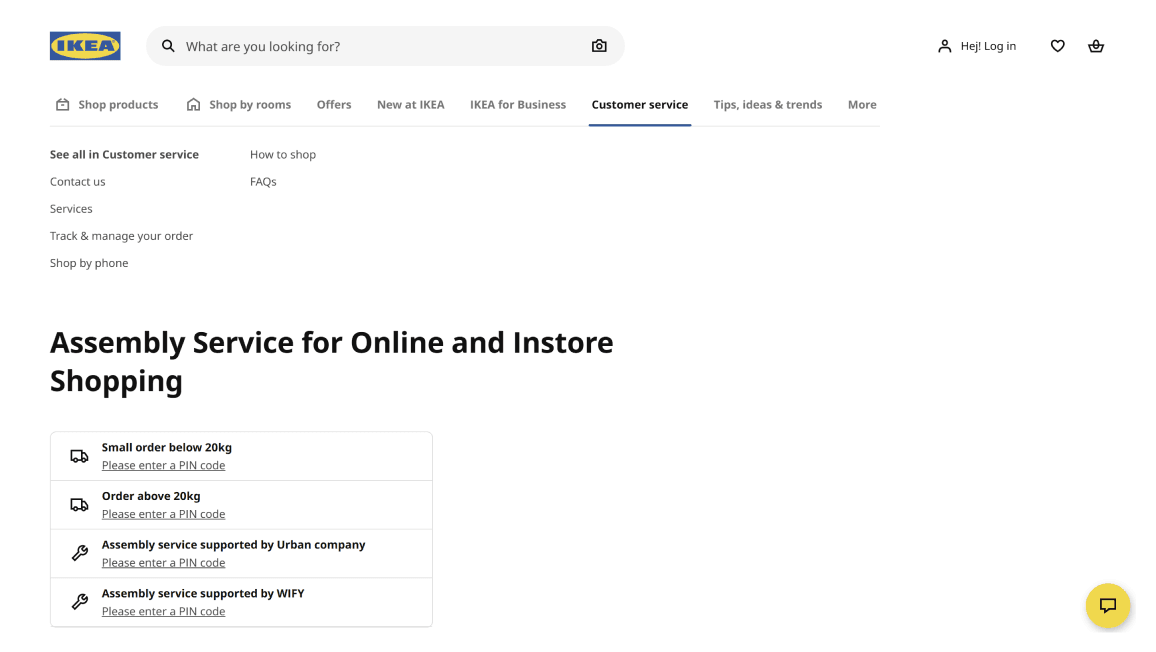
Problem: IKEA knew that many customers found assembling furniture at home challenging and time-consuming. Through ongoing customer feedback, they recognized that this assembly barrier detracted from the overall experience and sometimes discouraged potential buyers.
Solution: IKEA began offering an optional home assembly service to simplify the process and address this common pain point. This service not only showed that IKEA was listening to its customers’ needs but also demonstrated a willingness to adapt its business model to enhance convenience and satisfaction.
Loreal
L'Oréal is a global beauty and cosmetics company known for its innovative, science-driven approach to skincare, haircare, and makeup, offering products that cater to diverse beauty needs worldwide.
Problem: Every customer has unique skin needs and lives in different environments, which means skincare solutions aren’t one-size-fits-all. On top of that, a L'Oréal store isn’t always conveniently nearby. Customers want a beauty experience that’s personalized to their individual skin requirements and environmental factors—without the hassle of needing to visit a store.
Solution: L'Oréal launched Perso, an AI-powered at-home beauty device that provides hyper-personalized skincare solutions. The Perso app analyzes the user’s skin through uploaded photos to identify specific concerns like wrinkles. Additionally, it adjusts formulations based on environmental factors such as location, temperature, pollen levels, and UV index, creating a skincare solution tailored to both personal and environmental conditions.
LEGO
LEGO is a leading toy company renowned for its interlocking plastic bricks, inspiring creativity and learning through building sets that engage people of all ages.
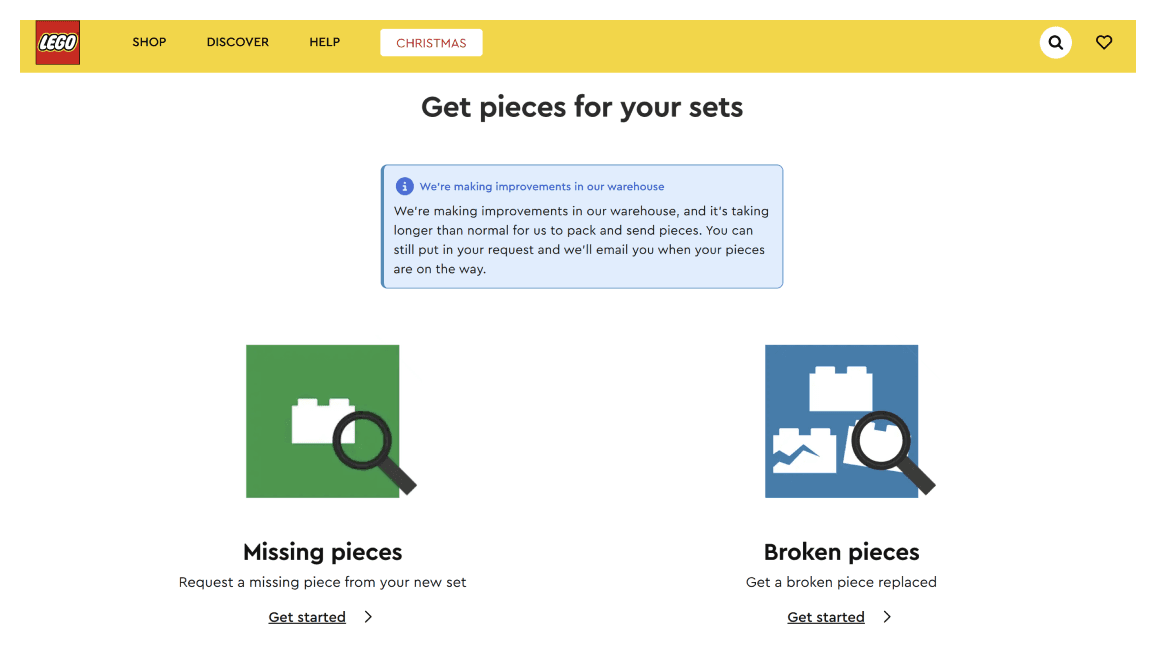
Problem: LEGO sets used to come as complete kits, much like puzzles—meaning they could feel incomplete or frustrating if a piece went missing. Losing or breaking a brick was a common issue, and when it happened, the whole set’s playability could be limited, often leaving kids (and adults!) feeling disappointed and unable to fully enjoy their creations.
Solution: LEGO started offering replacement parts for lost and broken pieces, ensuring customers can make their sets complete again and playable over time. This commitment to supporting open-ended play and product longevity fosters a lasting connection with the brand and makes it a favorable choice over any other brand.
Final words
Putting customers first does more than earn their loyalty; it builds lasting relationships that drive sustained success. When your business centers around customer needs, you foster stronger connections, increase satisfaction, and stimulate growth. This customer-focused approach leads to smarter decisions and long-term prosperity. Embracing customer centricity distinguishes your brand and ensures enduring success. Let customer centricity be your mantra, and watch your business flourish.















